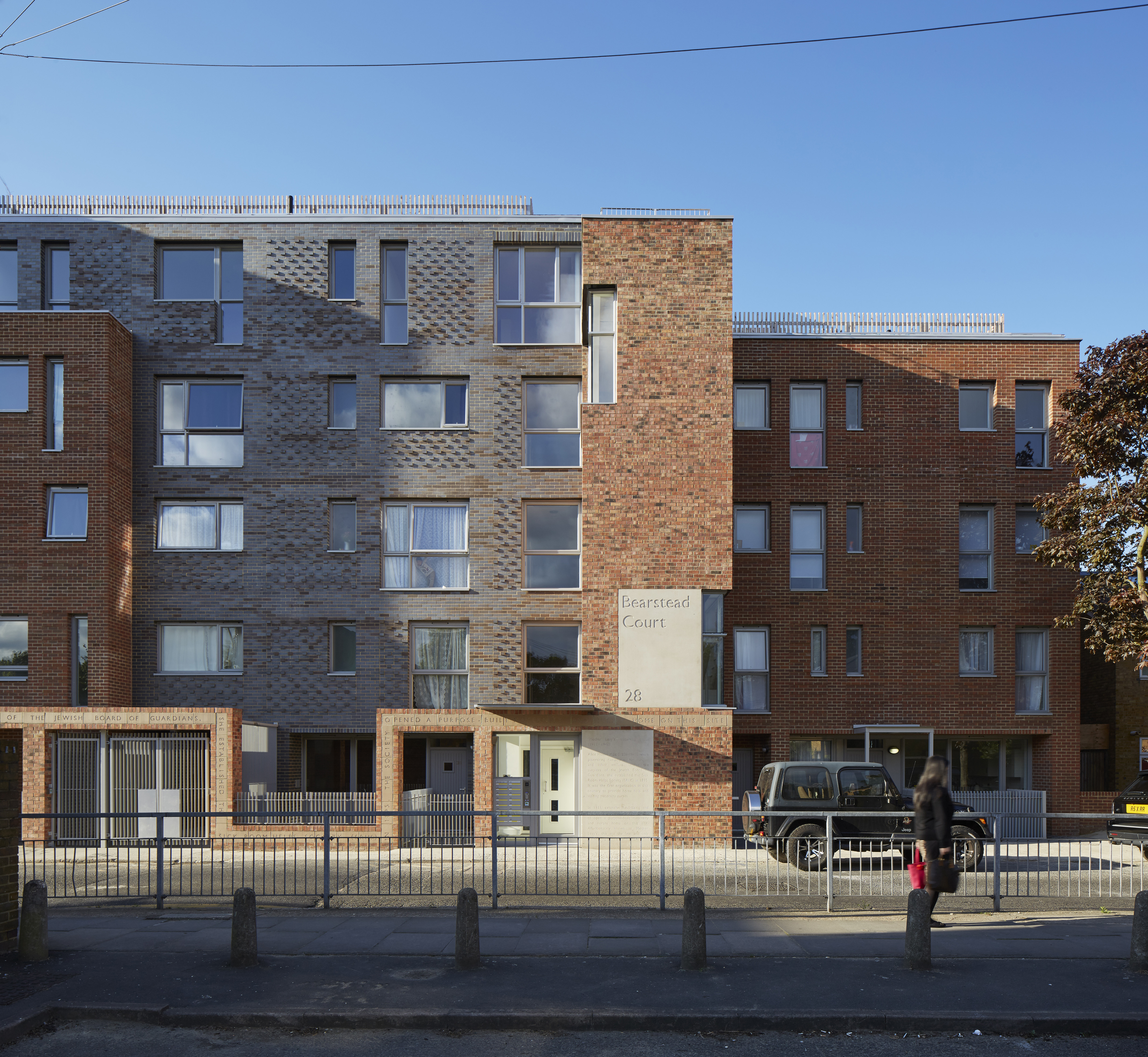
Heard about the Shared Ownership Scheme but not sure what it is? We all know that buying a home is a challenge these days and, with the Help to Buy Scheme limited to first-time buyers, what recourse do people who already own a home and want to move – perhaps to accommodate a growing family – have? The Shared Ownership Scheme, where the buyer co-owns a property with a local Housing Association, may well be suitable for you.
Read on to find out how it works, who is eligible, and how to apply. Then, get more general practical tips on how to buy a house or flat.
How does the Shared Ownership Scheme work?
Shared Ownership allows you, the buyer, to co-own a property with a local Housing Association, with a minimum initial ownership share of 25 per cent and a maximum of 75 per cent.
This ownership share can be increased over time, as and when you can afford to buy more. In most cases, you can eventually 'staircase' to owning your home outright.
You will pay a mortgage on the share you own, and rent to the Housing Association on the remaining share, as well as property maintenance fees.
Changes to Home Ownership rules
The government have proposed changes to the Home Ownership scheme, which are currently at consultation stage. The main proposed change is allowing home owners to increase their share by increments of just one per cent, as opposed to the current ten per cent. In theory, this should allow people to reduce their loan (and the amount they pay in rent) more often. However, it isn't clear from the current proposals how these small share purchases will be recorded legally, and whether there'll be fees. Watch this space for updates on the proposed changes.
What are the advantages of Shared Ownership?
The main financial advantage of Shared Ownership is the significantly lower deposit required, which will only be on the share you will be applying to own. For those on a lower income, it allows for a greater chance of securing a mortgage.
For example, with the Shared Ownership Scheme, if you owned a 25 per cent share of a house that costs £572,500, you would only be applying for a mortgage on £143,125, and would need a deposit of £7,156.
Shared Ownership, on balance, makes the most sense if you intend to live in the property for quite a while. So, if you are considering the scheme, make sure you are happy with the property – and the location – and are sure it will meet your needs for the foreseeable future. The scheme is unlikely to be suitable for investment purchases.
Shared Ownership mortgages
Do bear in mind that the process of applying for a mortgage would be no less rigorous than if you were buying on the open market, with the bank running the usual credit checks and taking into account your monthly outgoings.
Find out how to take out a mortgage with the help of our guide, or speak to a whole market mortgage broker, such as Habito: they can give you the unbiased mortgage advice; help you find the best mortgage deals; answer your questions; and get you the best mortgage deal based on your financial history and current status. And their free online calculator (below) can help you get a better idea of how much you'd be borrowing.
Who can apply for Shared Ownership?
The biggest advantage of this scheme is that it's not limited to first-time buyers, making it a good option for people looking to upsize, but who can't afford a bigger property in their area on their current income.
There are restrictions on how much you can earn to qualify – no more than an £80,000 total household income, or no more than £90,000 in London.
You should be able to demonstrate that you can't meet your housing needs on the open market. And if you do already own a home, you will need to satisfy the Housing Association that you are in the process of selling it.
If you are over 55, you can apply for Older Person's Shared Ownership, which comes with the advantage of you no longer needing to pay rent once you reach a 75 per cent share.
People with disabilities can apply for shared ownership via the HOLD (Housing Option for the Disabled) scheme, which can be beneficial if you are having trouble finding a ground floor home via other schemes. However, if you apply through HOLD, you can only own up to 25 per cent of the property.
What kind of home could you buy under Shared Ownership?
Most homes sold under the Shared Ownership scheme are flats in new builds. Occasionally, an older, ex-council property may be available if the Housing Association has purchased it, but this is rare.
To get an idea of the typical size, layout, and locations you could be looking at, have a browse through the Share to Buy website.
Are there disadvantages to Shared Ownership?
There are potential downsides to using the Shared Ownership Scheme, and you should weigh them carefully against your current circumstances and future plans, as with any other house purchase. Most potential downsides to the scheme have to do with the type of housing available under it – that is, Housing Association new builds – although, in some cases, older properties may be available.
Maintenance fees: this type of property comes with a monthly service charge for the maintenance of communal areas, which, added to the mortgage and rent, can make the month-on-month cost of the property quite high, especially in London.
Sales premium: buying a new build comes with a caveat – all new properties come with a sales premium that depreciates as soon as the property has been bought. So, if you wanted to sell the property fairly soon after, you could end up with negative equity.
Leasehold-only: all Shared Ownership properties are leasehold-only, and the lease will typically forbid sub-letting, reducing your flexibility if you wanted to rent out the property.
Ground rent: you also have to be very careful about ground rent increases. While most freeholders (ie, Housing Associations) will be reasonable, watch out for rogue freeholders looking to make a quick buck out of ground rent.
Added costs: buying up shares over time, or 'staircasing', can be expensive, due to additional legal fees, evaluation fees, and mortgage fees every time you renegotiate your ownership share.
Limits on revamping your home: since you don't own the property outright, you will need to apply for permission to the Housing Association if you want to make structural changes to the property; this of course may well be refused.
How to apply for Shared Ownership
You can apply online via the Help to Buy website. You can also contact your local Help to Buy agent. The process is different in Scotland, where you will go through a person called a 'social landlord' and the Housing Association itself. You can find out more about the process at MyGovScot.
Comparing mortgages
We've teamed up with online mortgage advisor Habito. Use this form below to get an idea of what you can borrow. After that, speak to an advisor for unbiased advice about taking out a mortgage, get help seeking out the best deals, and find answers to queries you may have. They can also use their insider knowledge to negotiate the best deal based on your financial history and current status.
Want to explore other home ownership options?
Join our newsletter
Get small space home decor ideas, celeb inspiration, DIY tips and more, straight to your inbox!
Anna is a professional writer with many years of experience. She has a passion for contemporary home decor and gardening. She covers a range of topics, from practical advice to interior and garden design.
-
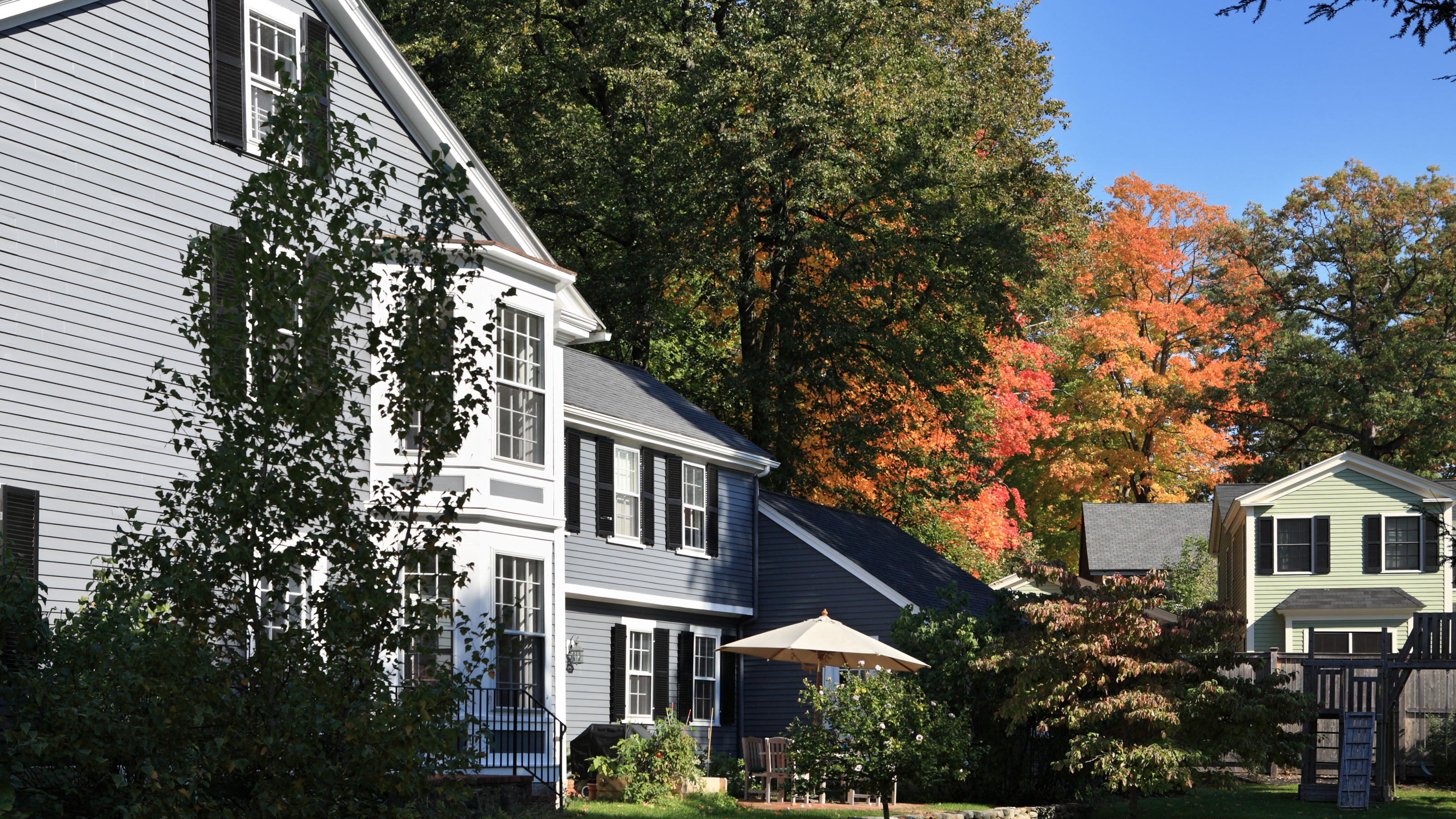 Housing market forecast: home buyers are rushing to beat rising mortgage rates
Housing market forecast: home buyers are rushing to beat rising mortgage ratesThe latest housing market forecast reveals a new factor in a hot market – steadily rising mortgage rates
By Anna Cottrell Published
-
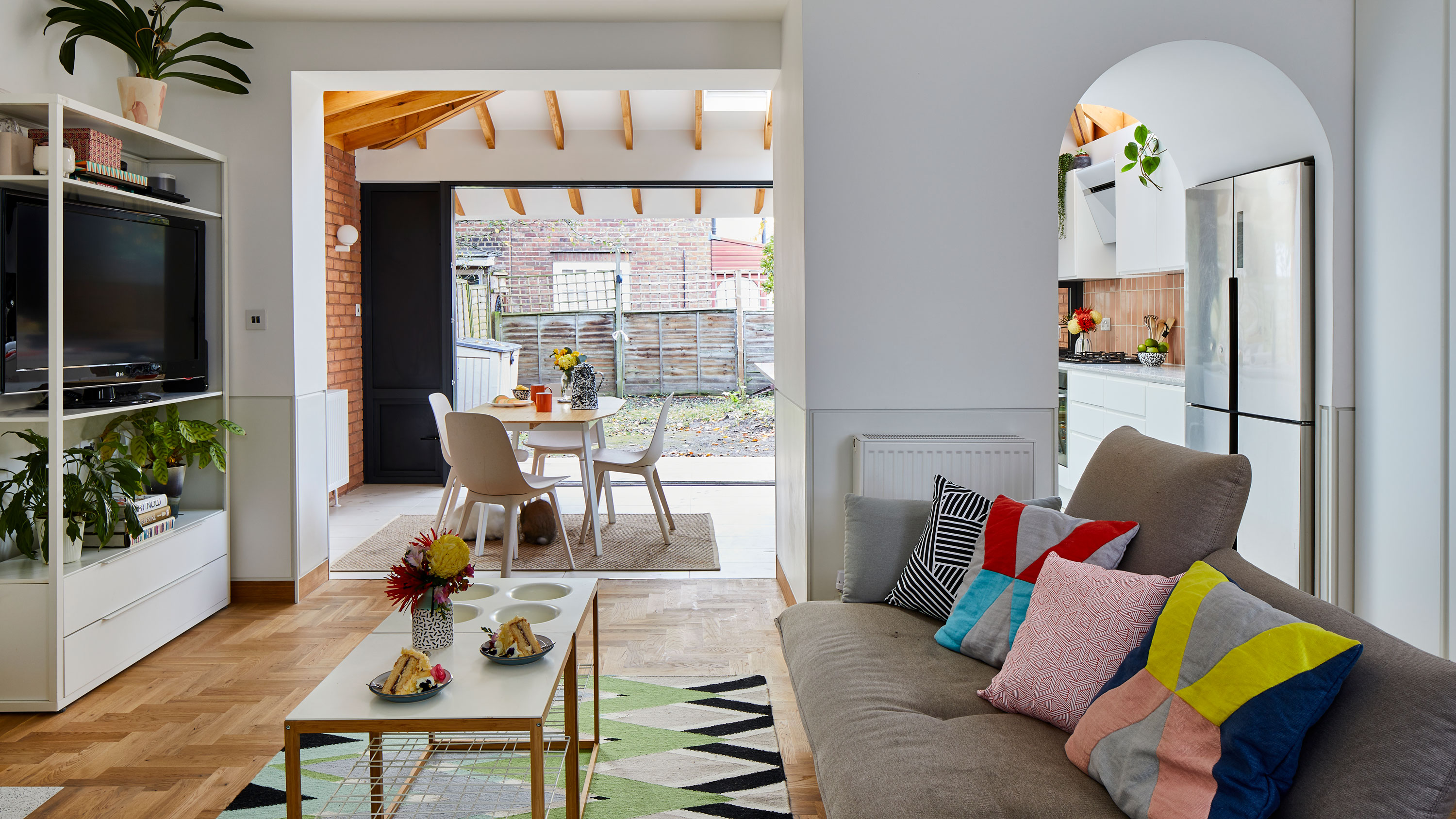 Before & after: A broken-plan layout completes this Edwardian terrace
Before & after: A broken-plan layout completes this Edwardian terraceThese happy bunnies have the best of both worlds. Divide and conquer
By Ellen Finch Published
-
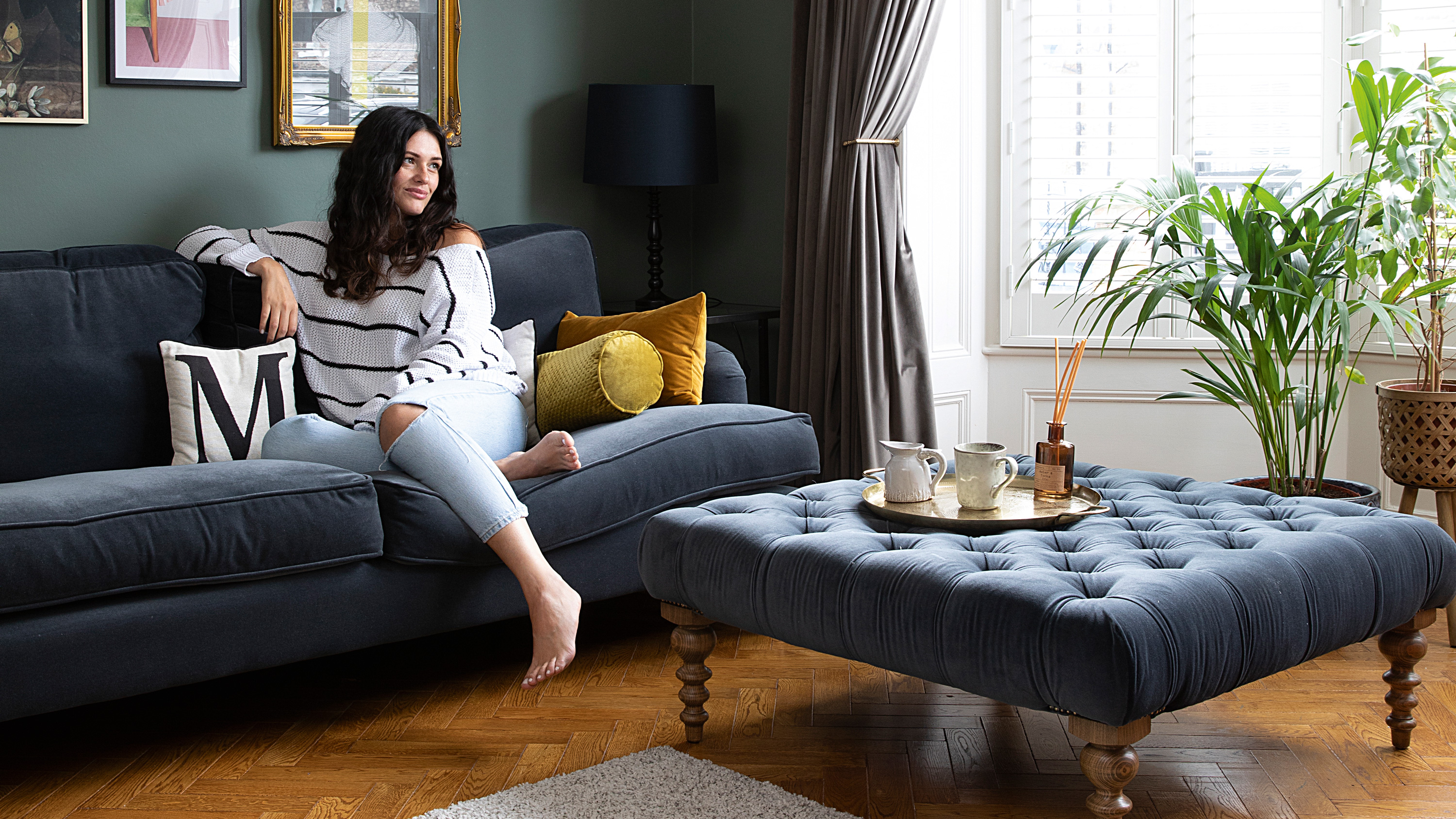 This dark and dramatic house just oozes original charm
This dark and dramatic house just oozes original charmThe color choices for this gorgeous Victorian home may seem bold, but just take a tour and you'll be reaching for the deep teal paint too...
By Ifeoluwa Adedeji Published
-
 These are the items you’re most likely to lose when moving house - and one could be seriously costly
These are the items you’re most likely to lose when moving house - and one could be seriously costlyDon't miss these off your checklist come moving day
By Millie Hurst Published
-
 A new survey reveals the one room we'd add to our home if money were no object
A new survey reveals the one room we'd add to our home if money were no objectBecause you can never have too many books
By Millie Hurst Last updated
-
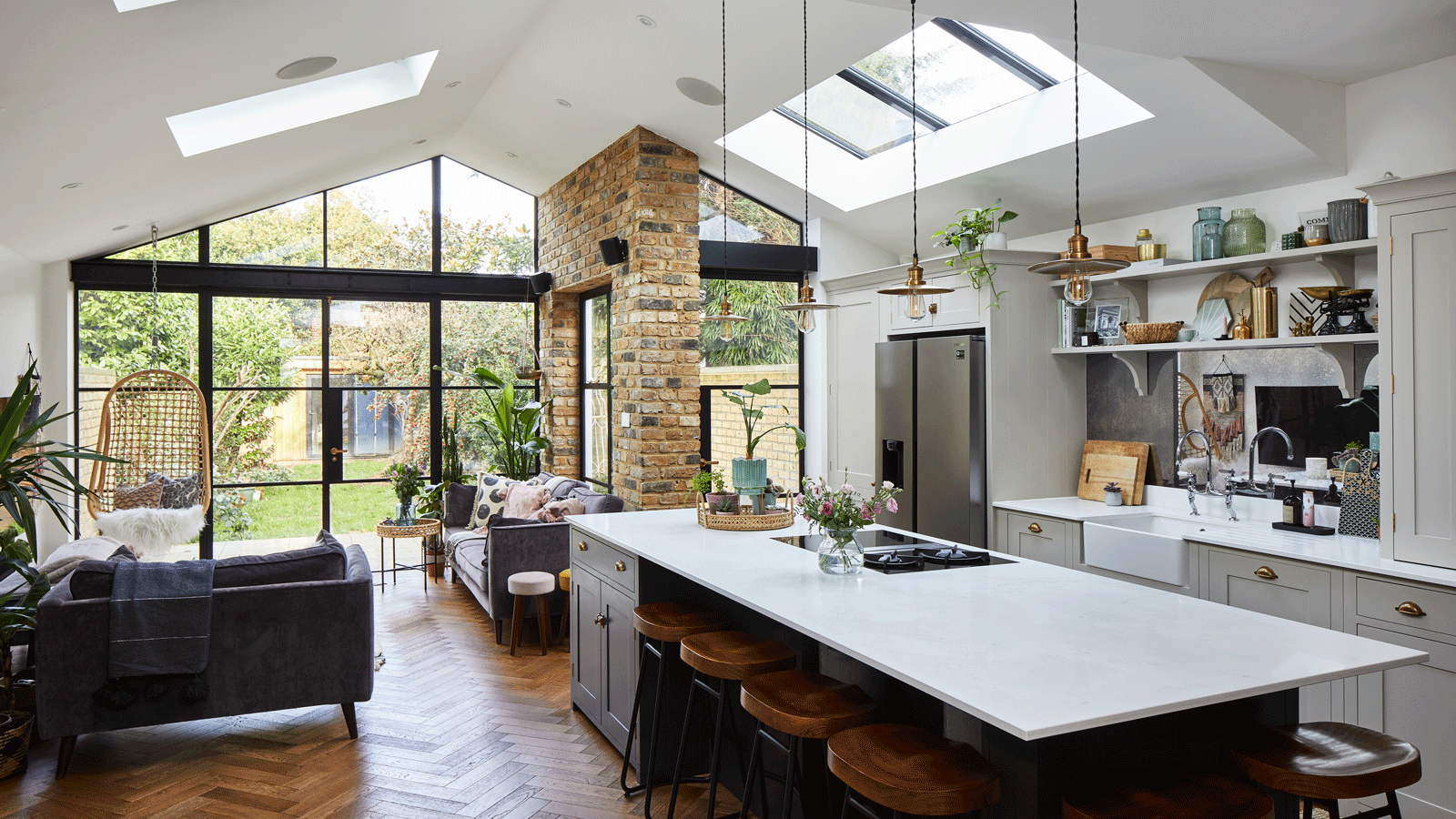 This is what a dream home looks like in 2021 (Hint: there's a fire pit)
This is what a dream home looks like in 2021 (Hint: there's a fire pit)Get ready for the home office of dreams
By Millie Hurst Published
-
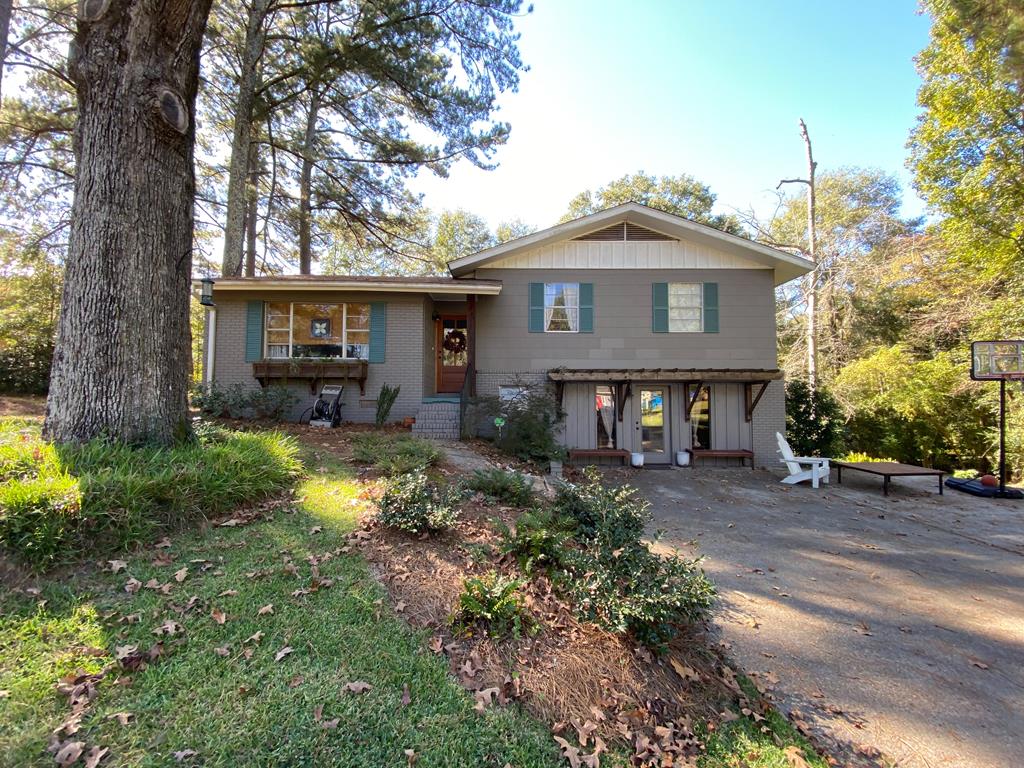 This HGTV 'Home Town' house is on the market for under $200k
This HGTV 'Home Town' house is on the market for under $200kSee what this Laurel, MS. house from HGTV's Home Town looks like today (and make it yours for under $200,000)
By Grace Stetson Published
-
 This sunbelt city is the top destination for homebuyers looking for value – and sun
This sunbelt city is the top destination for homebuyers looking for value – and sunBuyers on the move are choosing these Southern cities in what is beginning to be known as the Sunbelt Surge
By Anna Cottrell Published